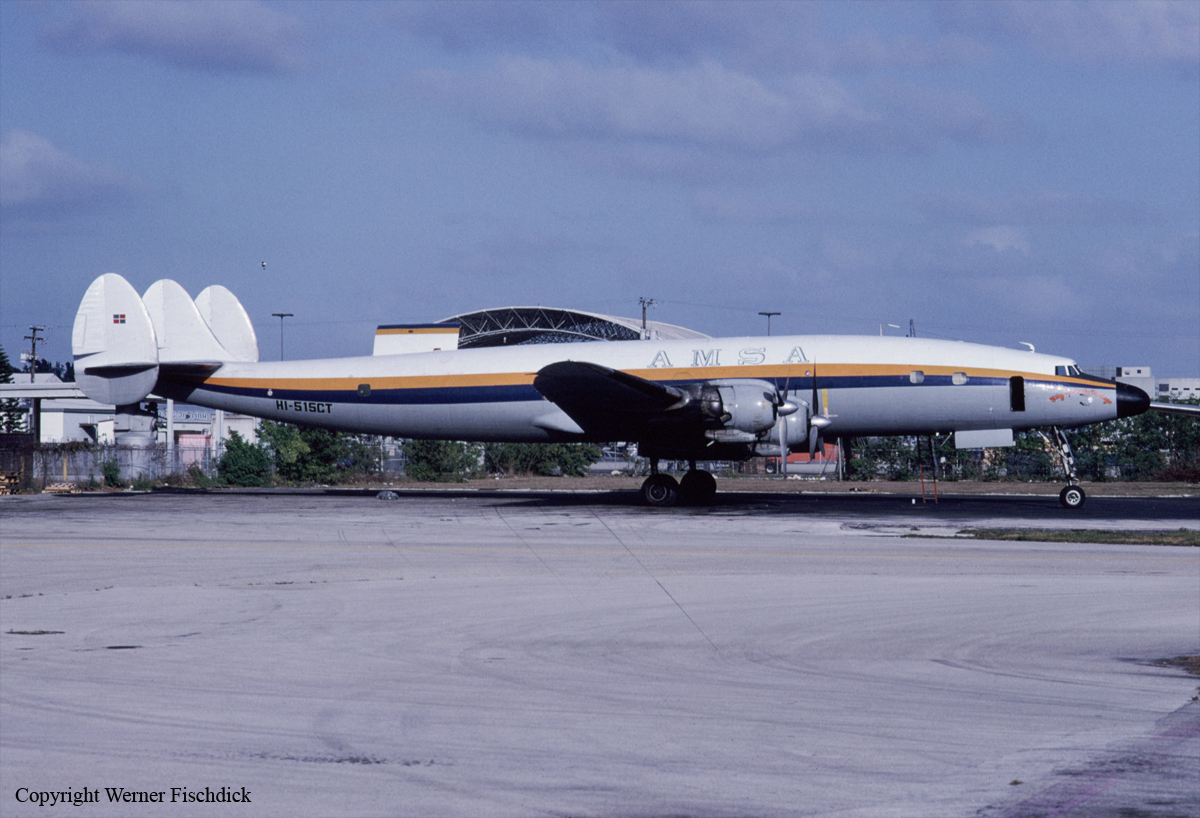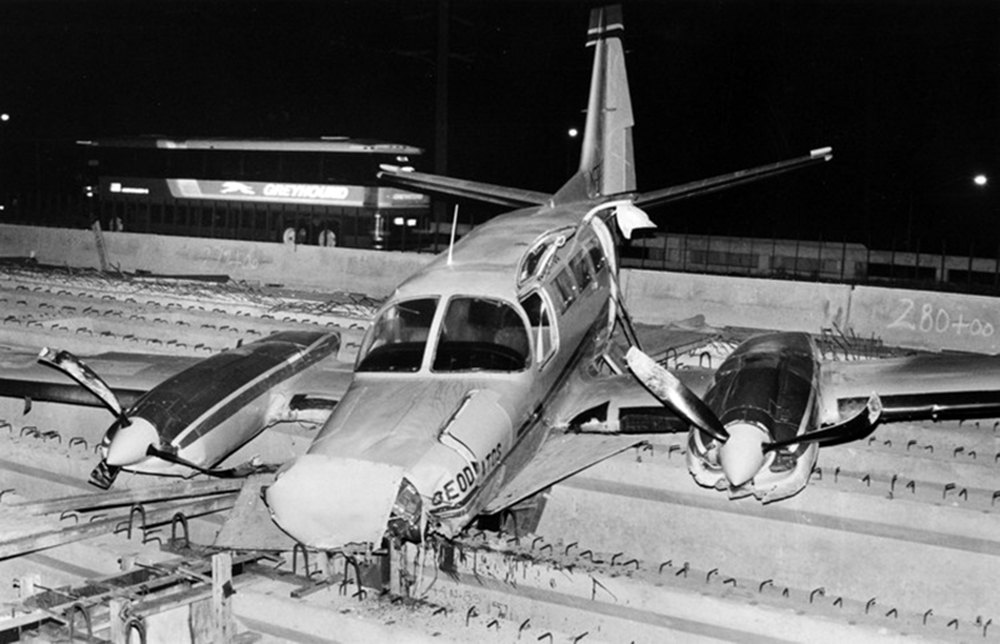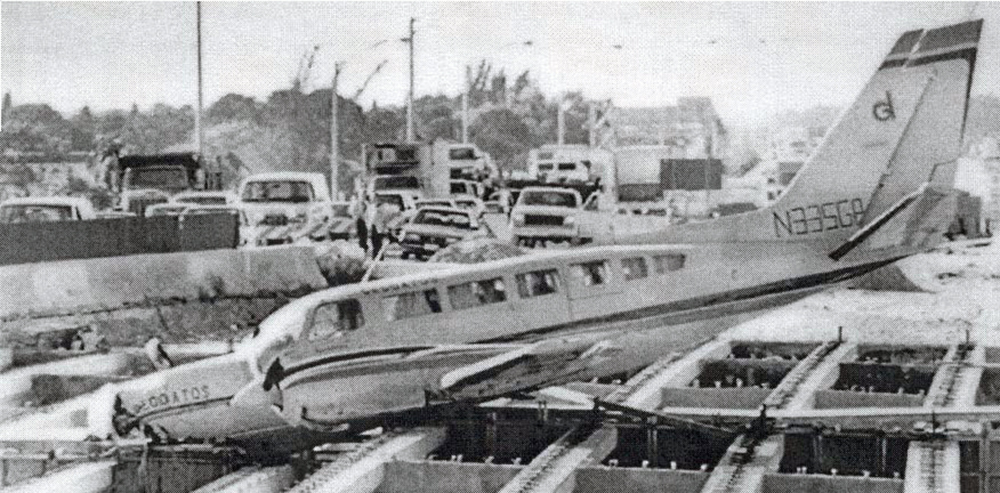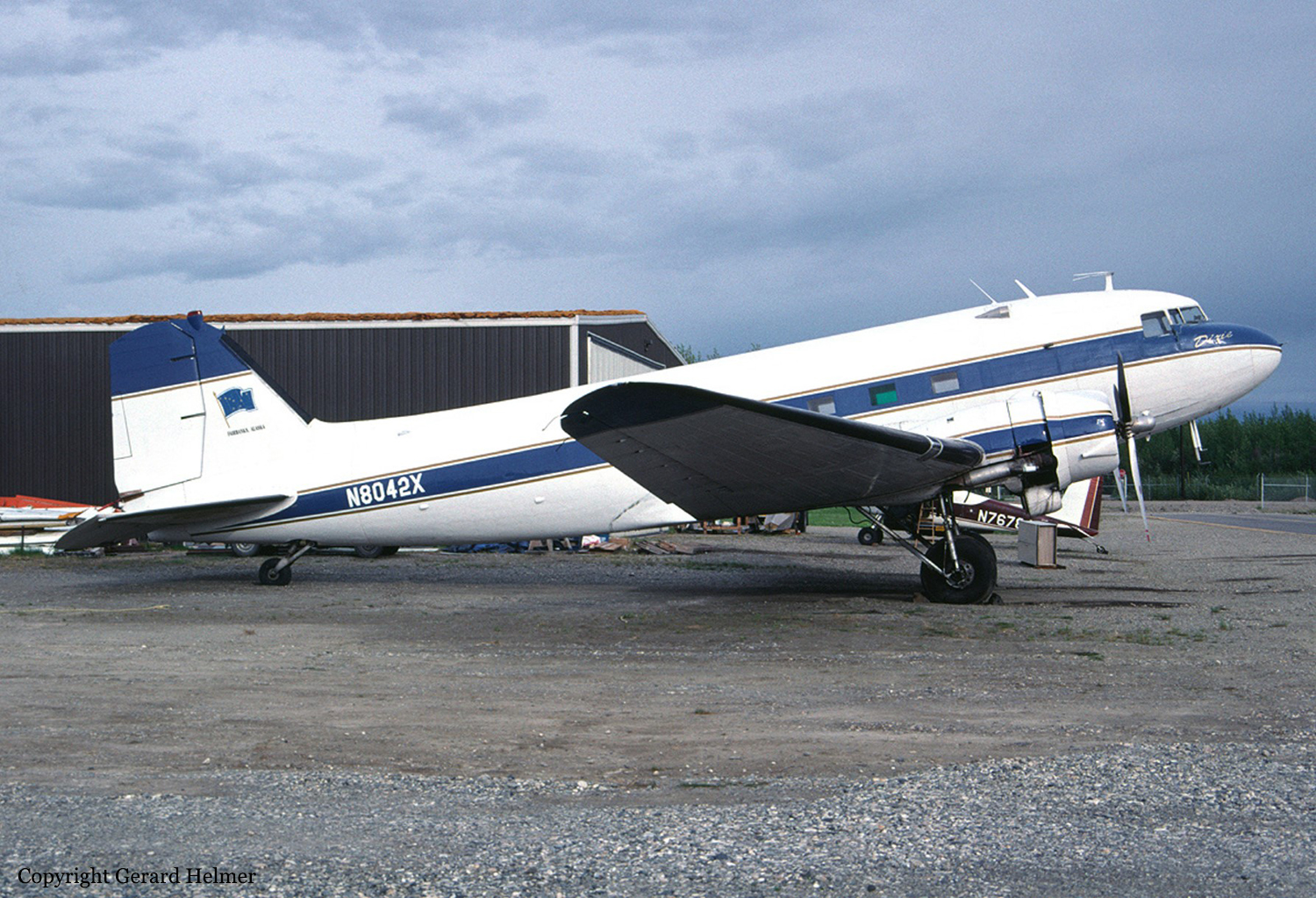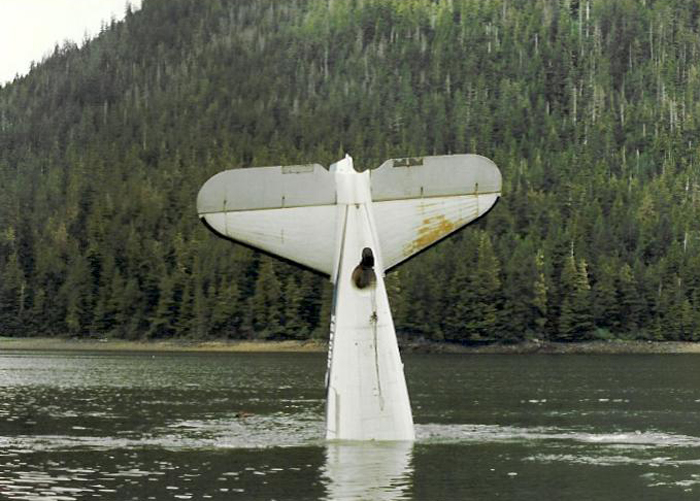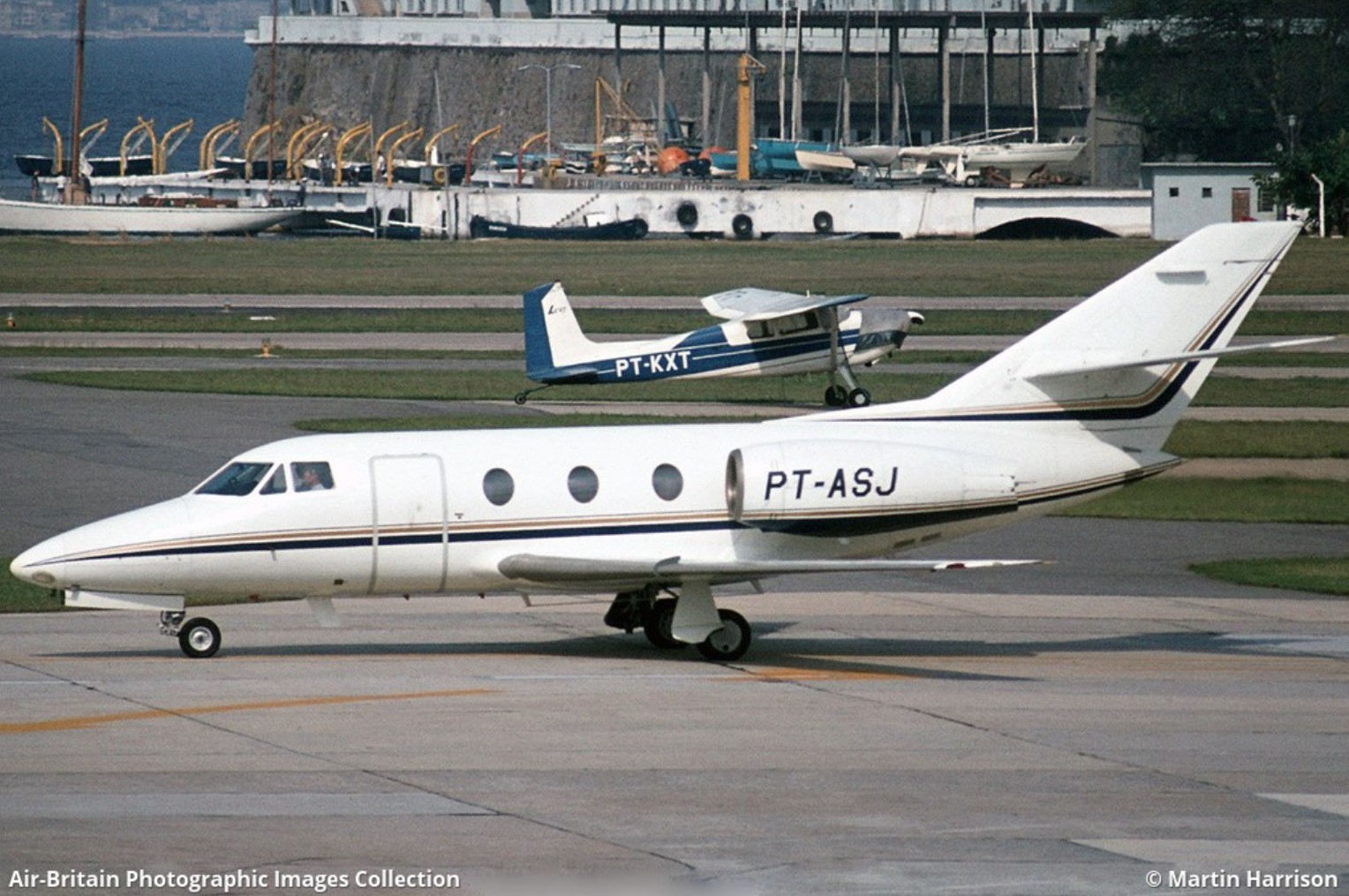Crash of a Lockheed C-121S Super Constellation off Levittown: 1 killed
Date & Time:
Apr 5, 1990 at 1745 LT
Registration:
HI-515CT
Survivors:
Yes
Schedule:
San Juan - Santo Domingo
MSN:
4192
YOM:
1956
Crew on board:
3
Crew fatalities:
Pax on board:
0
Pax fatalities:
Other fatalities:
Total fatalities:
1
Aircraft flight hours:
16822
Circumstances:
The captain of the airplane elected to take off on a three engine ferry flight without authorization. During the three engine climb out with the n°3 propeller feathered, the n°2 engine caught fire and he could not extinguish the fire. He attempted to return and during the descent the n°1 engine failed. He then intentionally ditched the airplane in the ocean, and received fatal injuries. The airplane was not recovered from the ocean and no determination of cause could be ascertained.
Probable cause:
Fire of an undetermined origin that resulted in a loss of power in two engines during a three engine ferry flight. Factors related to the accident were: failure of the pilot to obtain the required authorization for the three engine ferry flight, and his operation of the aircraft with known deficiencies.
Final Report:
